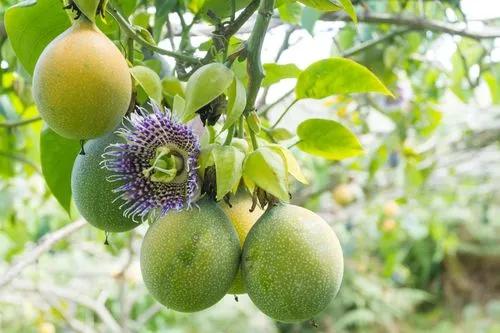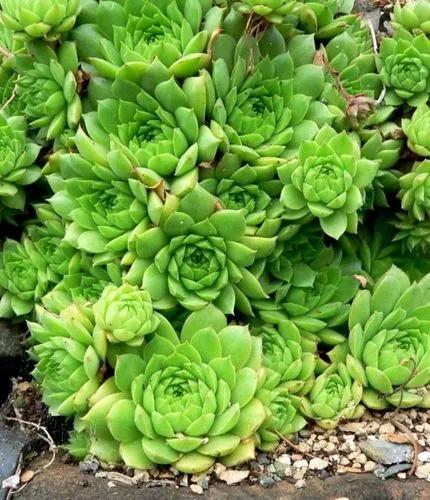Tiarella cordifolia, the heartleaf foamflower, heartleaved foamflower, Allegheny foamflower, false miterwort, or coolwort, is a species of flowering plant in the saxifrage family, native to North America. It is a herbaceous perennial which is valued in cultivation for its erect stems of foamy cream flowers in summer.
Heartleaf Foamflower Care
Tiarella Cordifolia



How to Care for the Plant

Water

Foamflower needs evenly moist conditions. It can withstand a short drought, but watering is required during extended dry periods.

Pruning

Removing the faded blooms regularly will prolong flowering and encourage more to come. Cut back and compost the spent flower stems in autumn and apply a dry mulch around the crown of the plant to protect against frost damage.

Fertilizer

When grown in the right soil, foamflower does not need fertilizer. However, it may benefit from the application of a complete fertilizer in early spring before the new growth starts.

Sunlight

Foamflower needs part shade to full shade. If there is any sun, it should be only morning sun.

Soil

Moist, well-drained, humus-rich soils.

Temperature

-30° to -20°F (-34° to -29°C)

Additional

This plant contains insoluble calcium oxalate crystals similar to other plants in the Araceae family. Chewing or biting into this plant will release these crystals causing tissue penetration and irritation the mouth and GI tract.

Popularity

110 people already have this plant 26 people have added this plant to their wishlists
Discover more plants with the list below
Popular articles






